The Vietnam War was a defining moment in world history and a conflict that still resonates with many people today. It was a long and brutal war that left behind a legacy of destruction and loss that affected both Vietnam and the United States. Despite this, Vietnam offers a wealth of historical sites related to the war that are worth visiting for those interested in history and military strategy.
From the Cu Chi Tunnels to Khe Sanh Combat Base, these sites offer a glimpse into the difficult conditions and sacrifices made by the Vietnamese people during the war. In this article, we will take a look at the top 10 Vietnam War sites to visit, including some of the most famous battlefields, museums, and historic landmarks related to the war. Whether you are a history buff or just interested in learning more about this fascinating period of history, these sites are sure to offer a unique and memorable experience.
Table of Contents
The Ho Chi Minh Trail
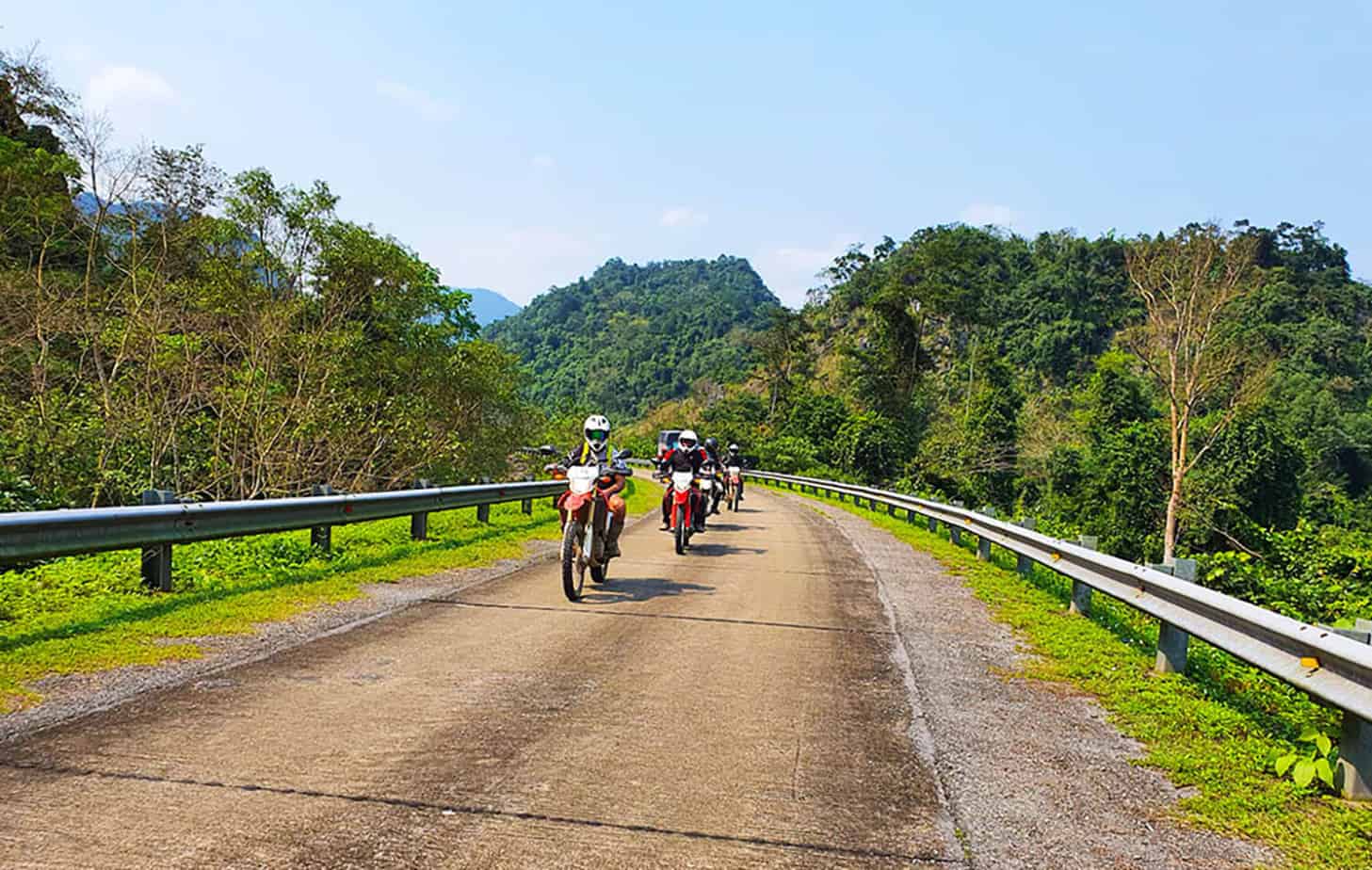
The Ho Chi Minh Trail is a network of roads and trails that were used by the North Vietnamese Army during the Vietnam War to transport troops and supplies to the south. It was a critical supply route that allowed the North Vietnamese to sustain their war effort against the United States and its allies. Today, the trail is a popular tourist attraction and offers visitors a glimpse into the difficult conditions that the soldiers faced during the war.
Cu Chi Tunnels, Ho Chi Minh City
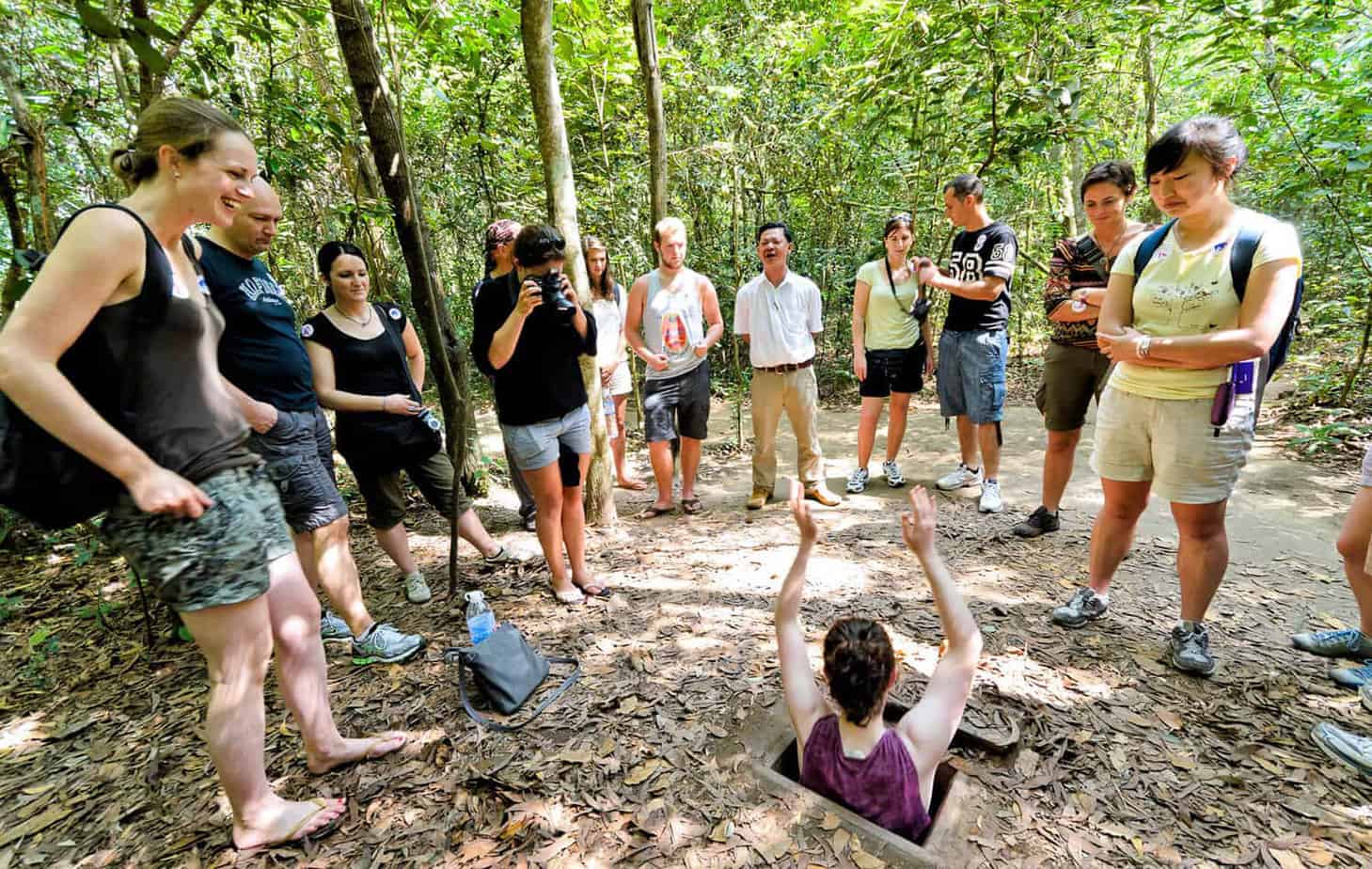
The Cu Chi Tunnels are a network of underground tunnels that were used by the Viet Cong during the Vietnam War. The tunnels were used for a variety of purposes, including as living quarters, storage facilities, and communication and transportation routes. Today, the tunnels are a popular tourist attraction, and visitors can explore some of the tunnels and see the various traps and weapons that were used by the Viet Cong.
Hoa Lo Prison, Hanoi
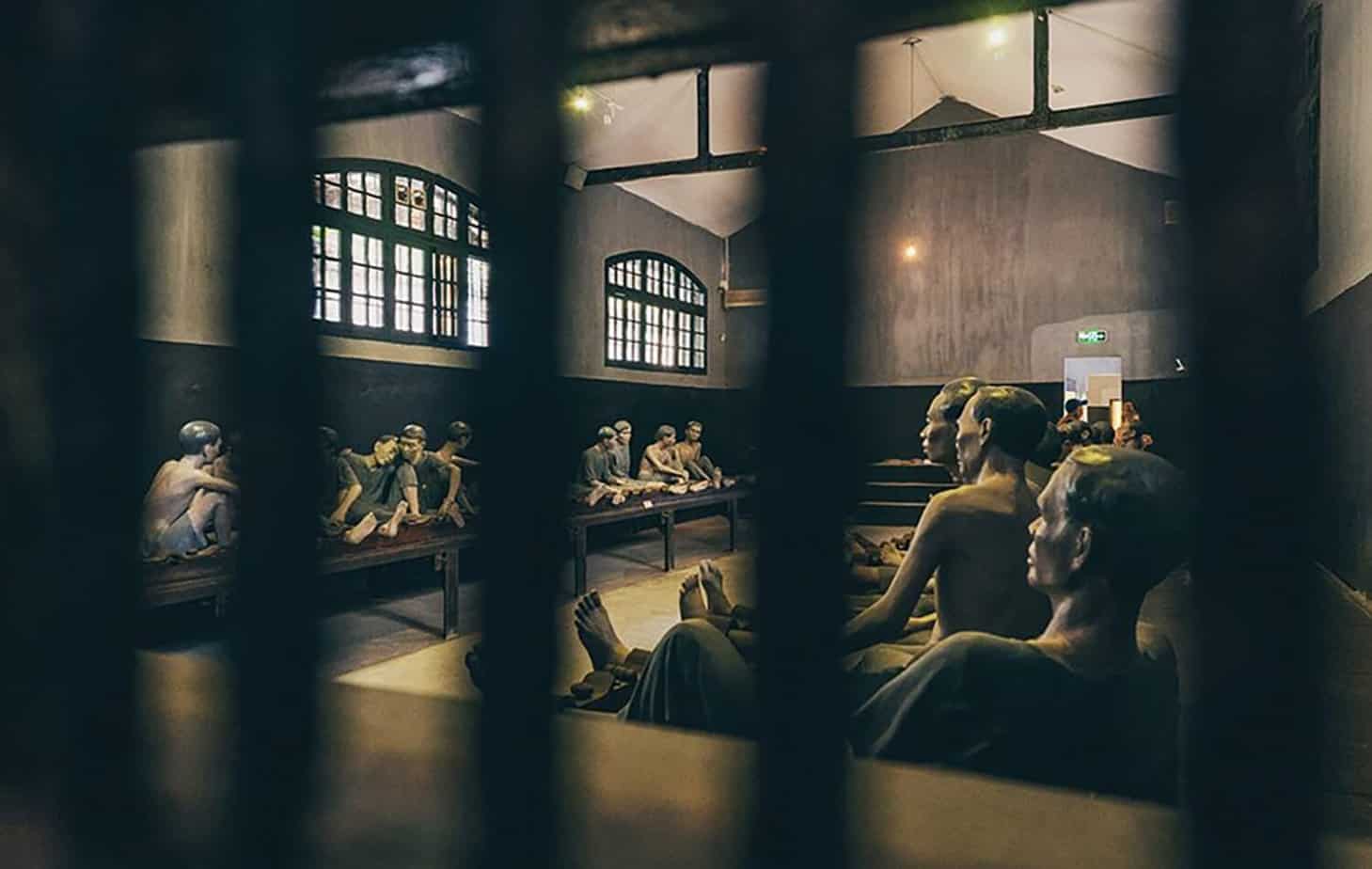
Hoa Lo Prison, also known as the “Hanoi Hilton,” was a notorious prison used by the North Vietnamese Army to house American prisoners of war during the Vietnam War. Today, the prison has been turned into a museum, and visitors can see the various exhibits and displays that tell the story of the prison and its role in the war.
Demilitarized Zone (DMZ), Quang Tri
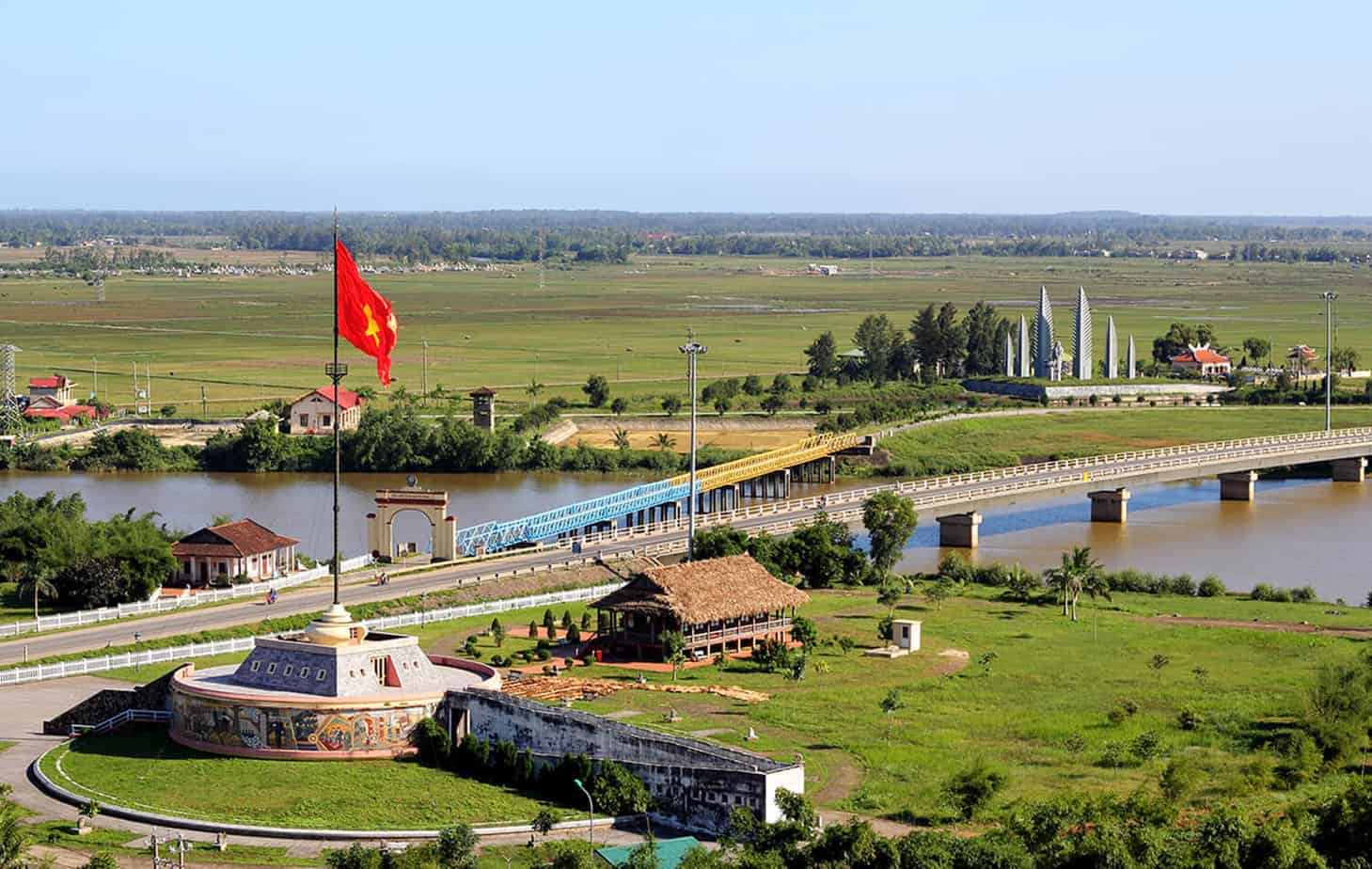
The Demilitarized Zone, or DMZ, was the border between North and South Vietnam during the Vietnam War. The area saw some of the heaviest fighting of the war, and today, visitors can see various Vietnam War sites and memorials that commemorate the events that took place there. Some of the notable sites include the Khe Sanh Combat Base and the Vinh Moc Tunnels.
Khe Sanh Combat Base, Quang Tri
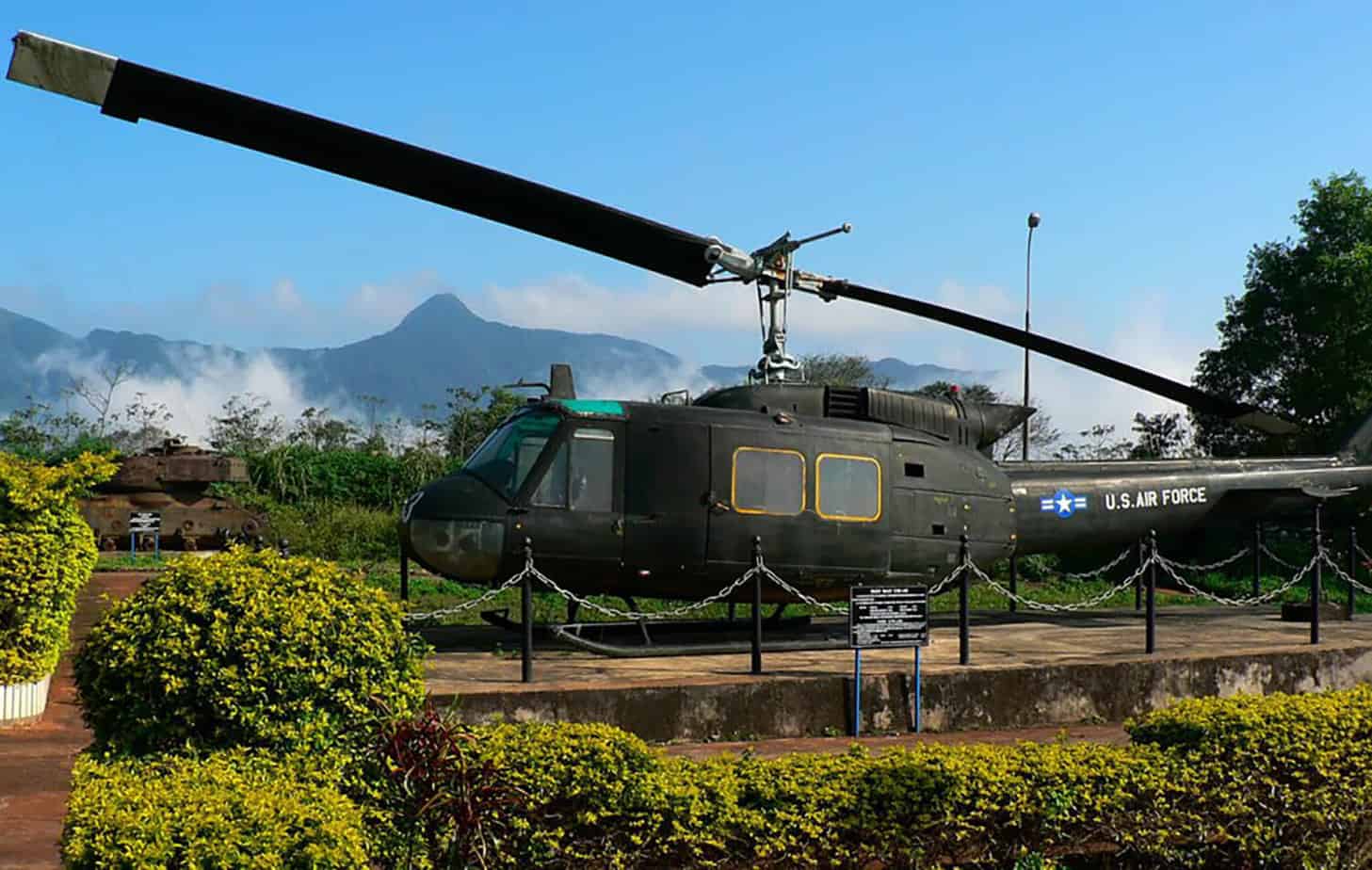
Khe Sanh Combat Base was a U.S. Marine Corps base that was located near the DMZ during the Vietnam War. It was the site of a major battle in 1968, and today, visitors can see the various bunkers and trenches that were used by the Marines during the battle. There is also a museum on-site that tells the story of the battle and the role that Khe Sanh played in the war.
My Lai Massacre, Quang Ngai
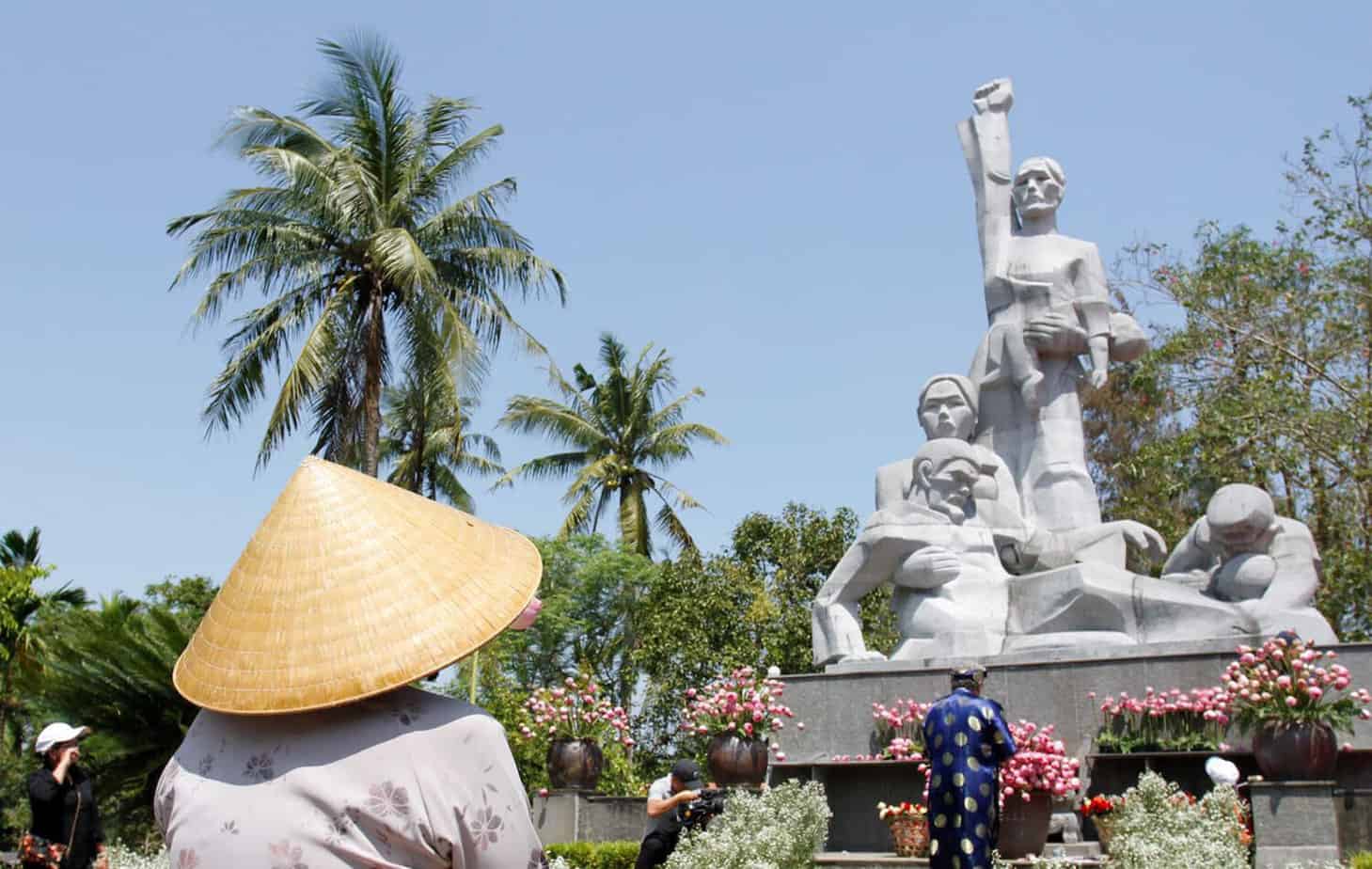
The My Lai Massacre was a tragic event that took place during the Vietnam War. U.S. Army soldiers killed hundreds of unarmed civilians in the village of My Lai in 1968. Today, visitors can see the site of the massacre and learn about the events that took place there. The site has been turned into a memorial, and visitors can pay their respects to the victims of the tragedy.
War Remnant Museum, Ho Chi Minh City
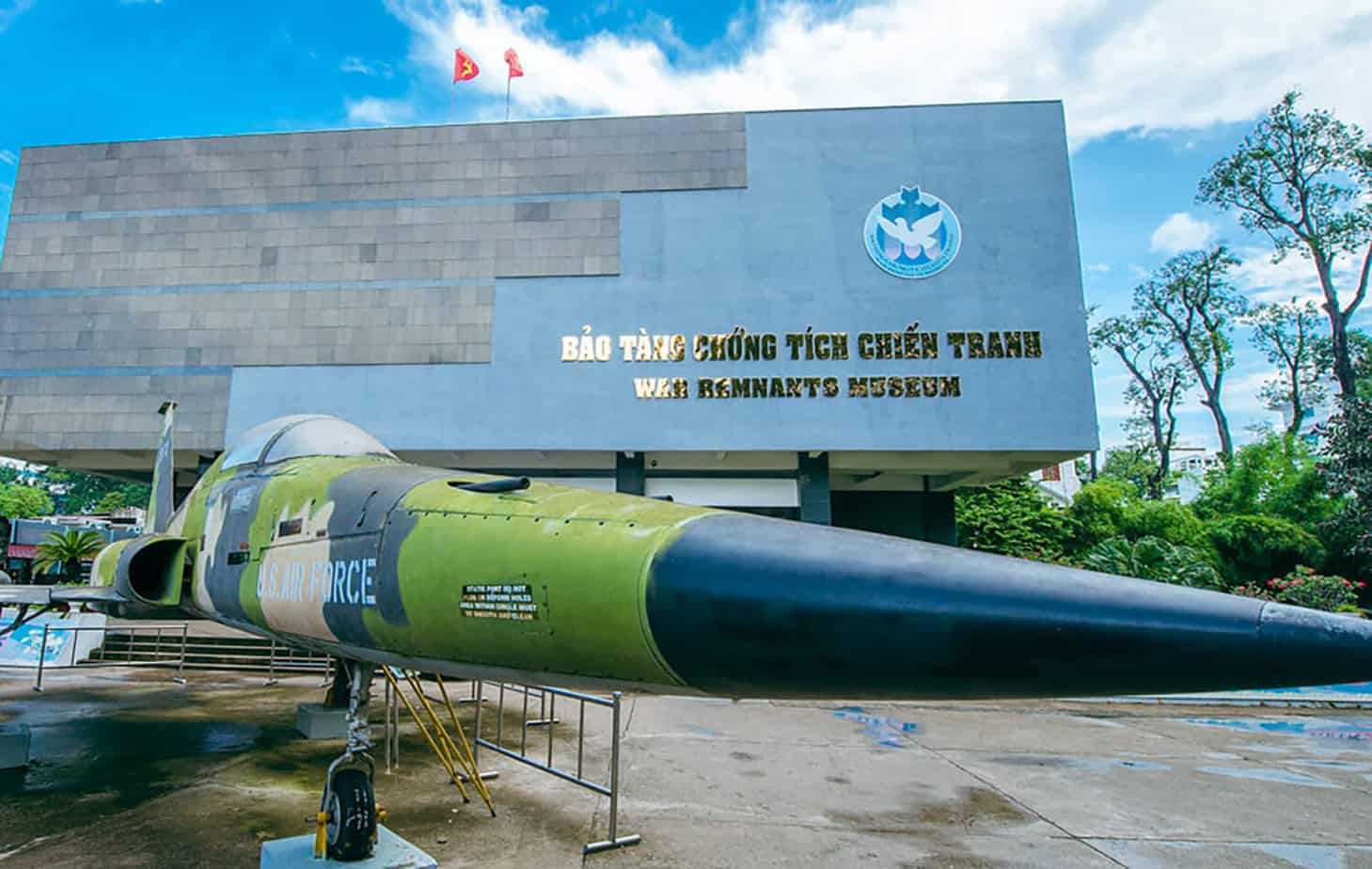
The War Remnants Museum is a museum in Ho Chi Minh City that is dedicated to the Vietnam War. The museum contains various exhibits and displays that tell the story of the war from the perspective of the Vietnamese people. Visitors can see various artifacts and photographs that provide a glimpse into the difficult conditions that the Vietnamese people faced during the war.
Ashau Valley, Hue
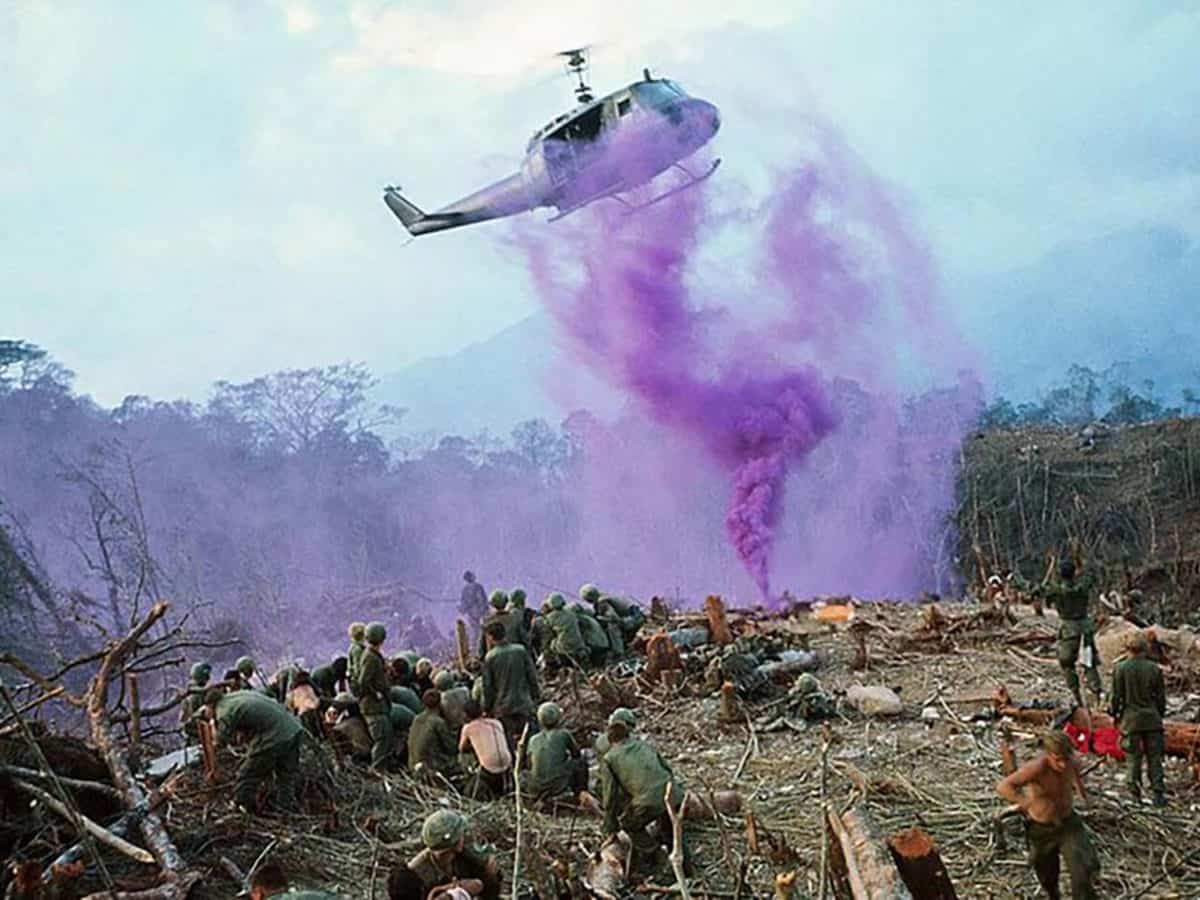
The Ashau Valley was a strategically important area in central Vietnam during the Vietnam War. It was the site of several major battles, and today, visitors can see the various battlefields and memorials that commemorate the events that took place there. The area is also home to several ethnic minority communities, and visitors can learn about their culture and way of life.
You can take a 2-day Hoi An to Hue trip to explore this historic A Shau landmark and enjoy some of the best rides and spectacular landscape of the region.
Reunification Palace, Ho Chi Minh City
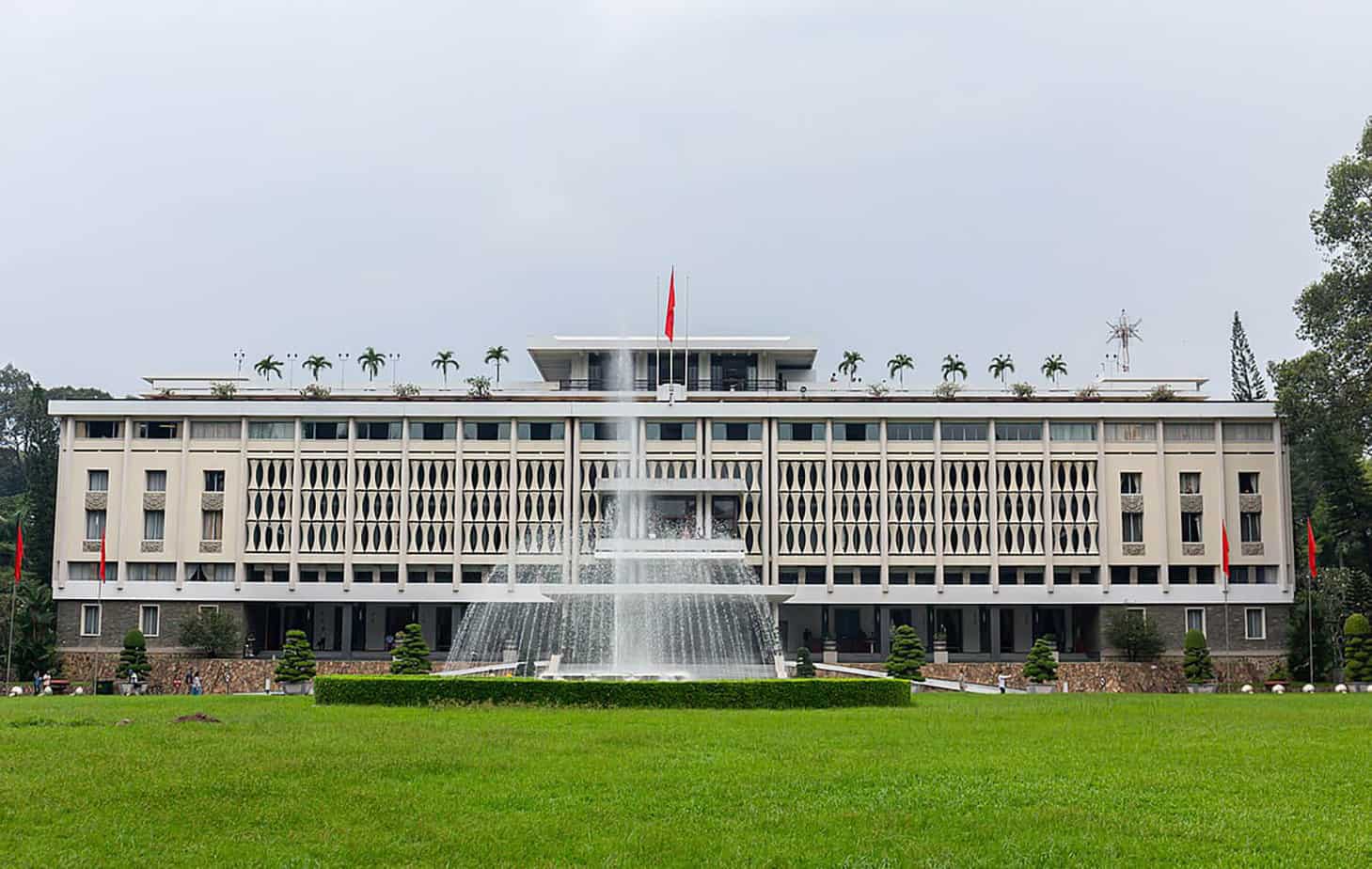
The Reunification Palace, also known as the Independence Palace, is a historic landmark in Ho Chi Minh City. It was the site of the official end of the Vietnam War, when North Vietnamese tanks crashed through the gates on April 30, 1975. Today, visitors can explore the palace and see the various rooms and artifacts that provide a glimpse into the history of the war and Vietnam’s path to reunification.
Vinh Moc Tunnels, Quang Tri
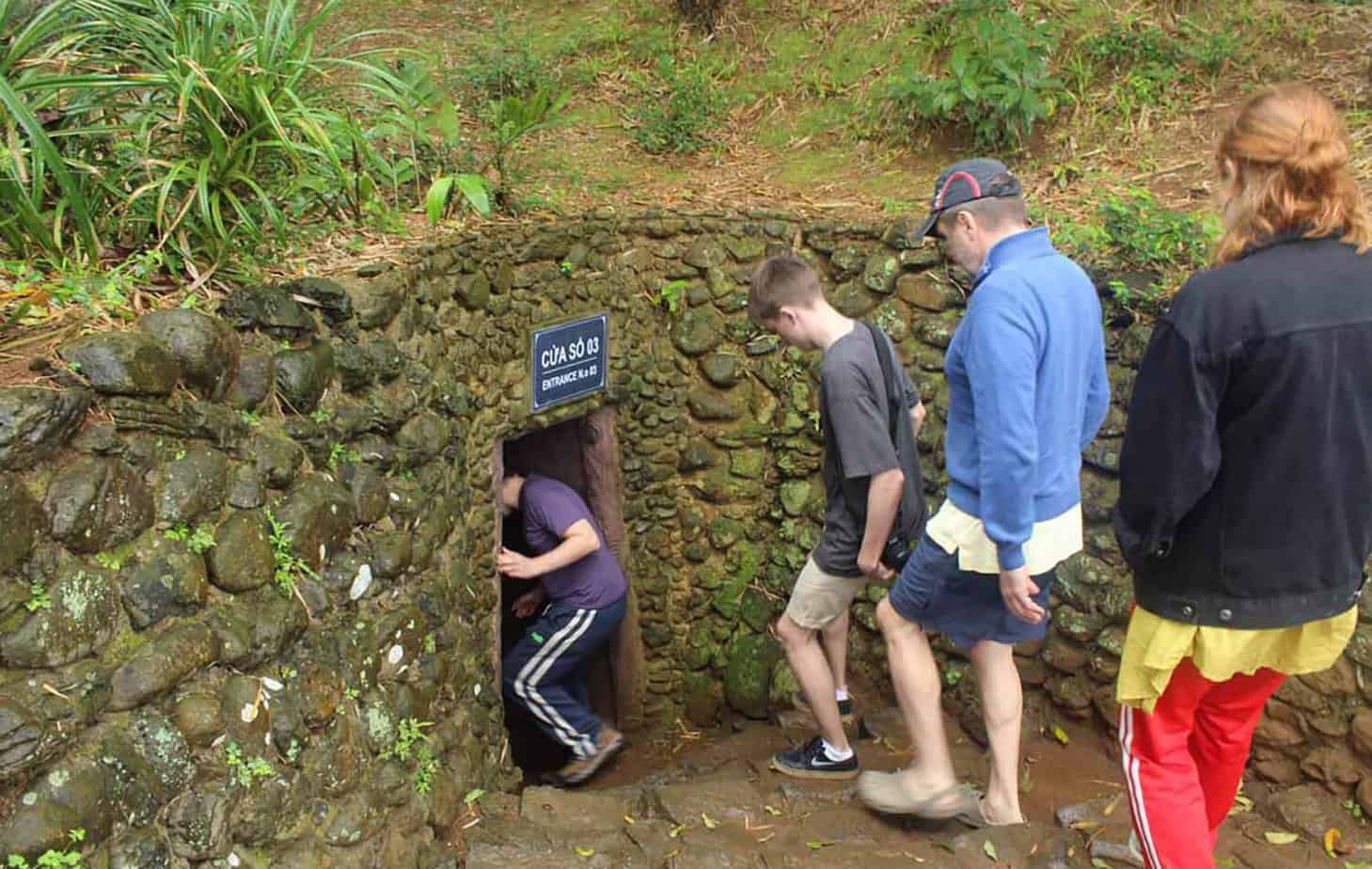
The Vinh Moc Tunnels are a network of tunnels that were used by villagers in Vinh Moc, a small fishing village in central Vietnam, to avoid the bombing raids that were carried out by the U.S. Air Force during the Vietnam War. The tunnels were used as living quarters, storage facilities, and as a way to move people and supplies around the village. Today, visitors can explore some of the tunnels and learn about the daily lives of the villagers during the war.
In conclusion, Vietnam offers a wealth of historical sites related to the Vietnam War that are worth visiting for those interested in history and military strategy. From the infamous Cu Chi Tunnels to the Khe Sanh Combat Base, these sites offer a glimpse into the difficult conditions and sacrifices made by the Vietnamese people during the war. As always, it is important to respect the cultural and historical significance of these sites when visiting and to approach them with an open mind and heart.
You might be interested in other articles:


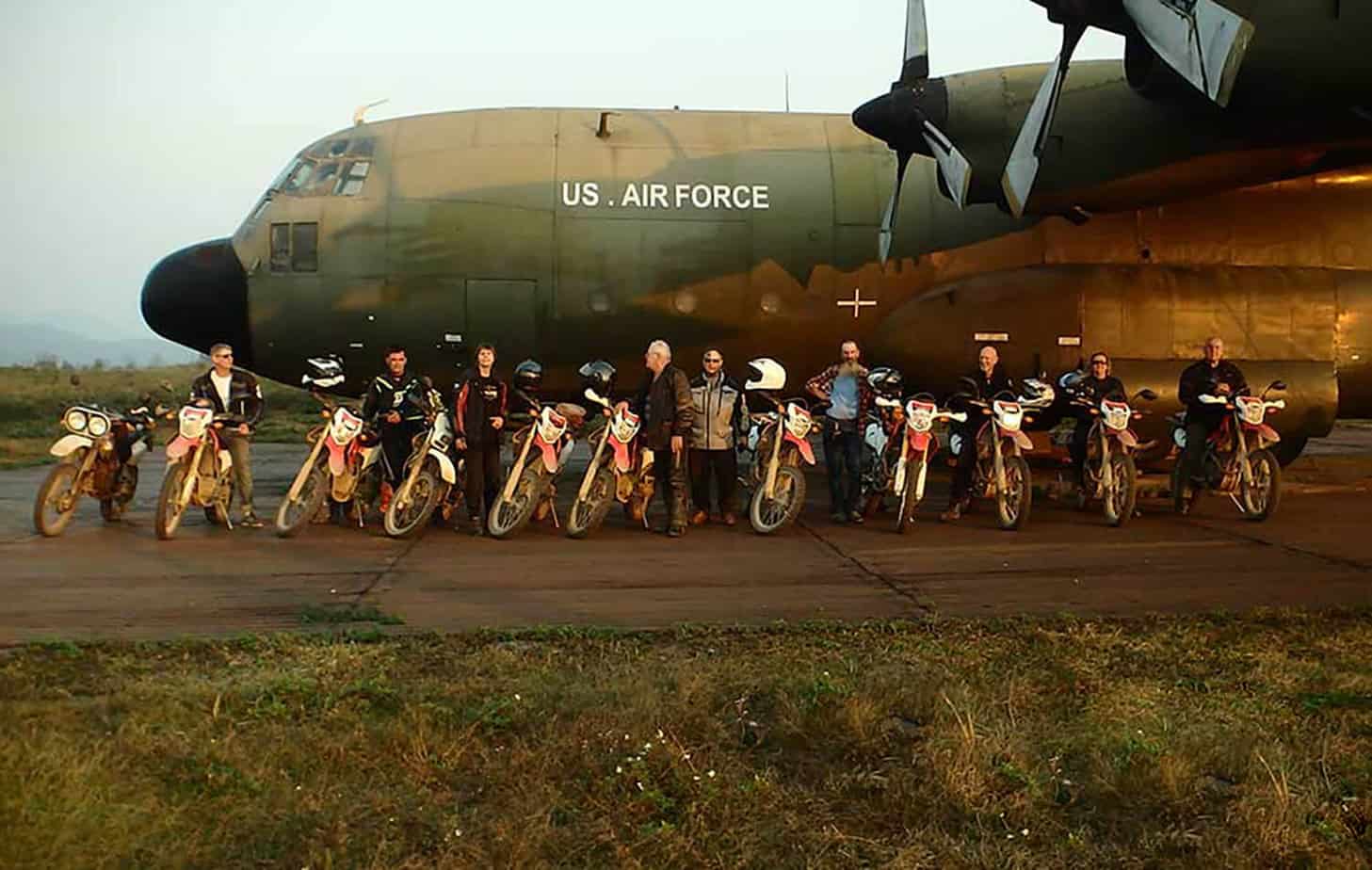

Comment (0)